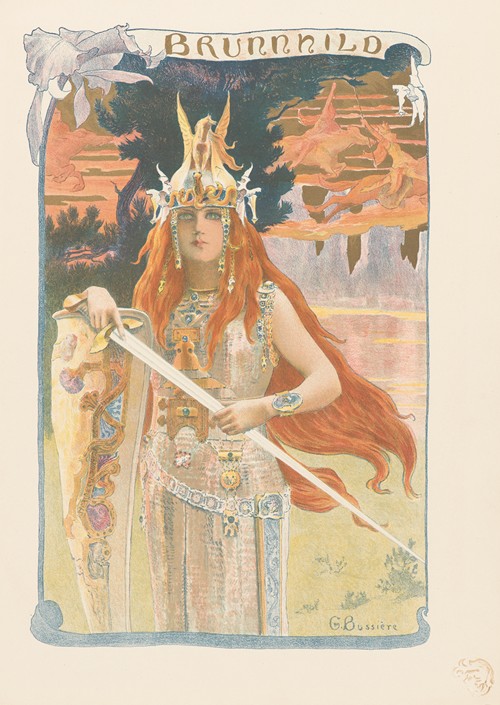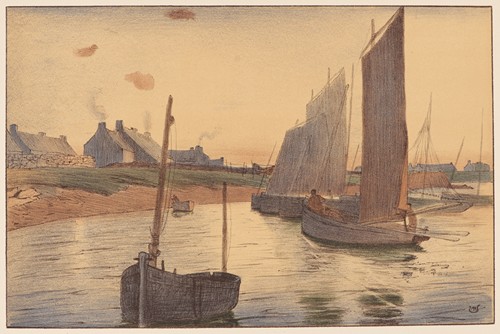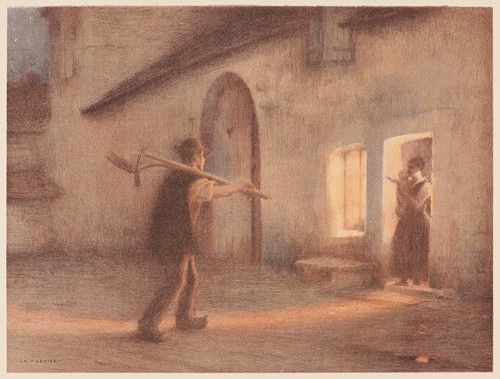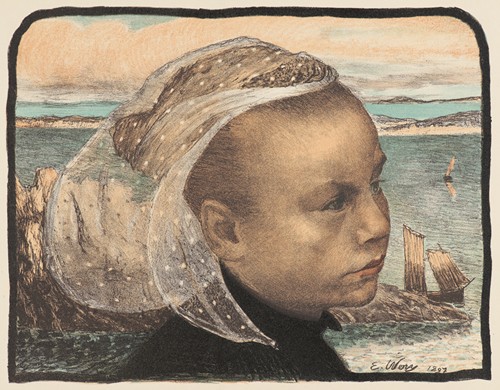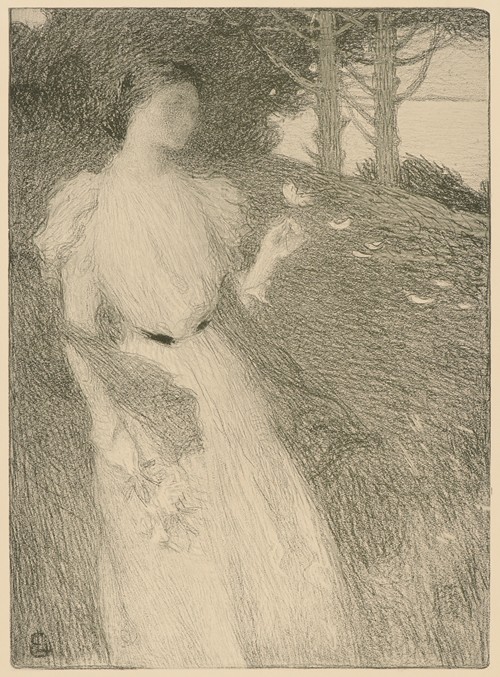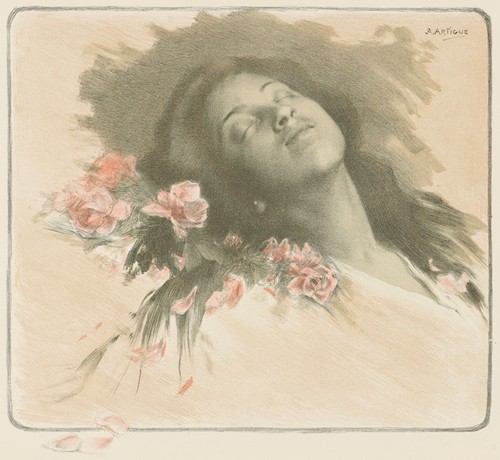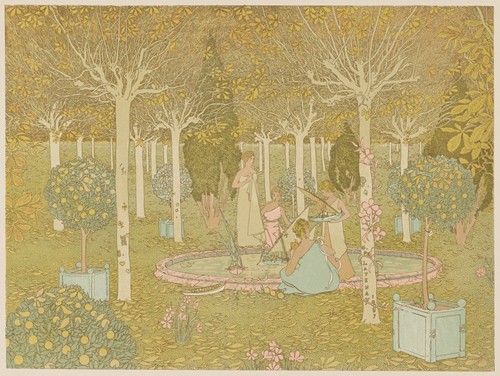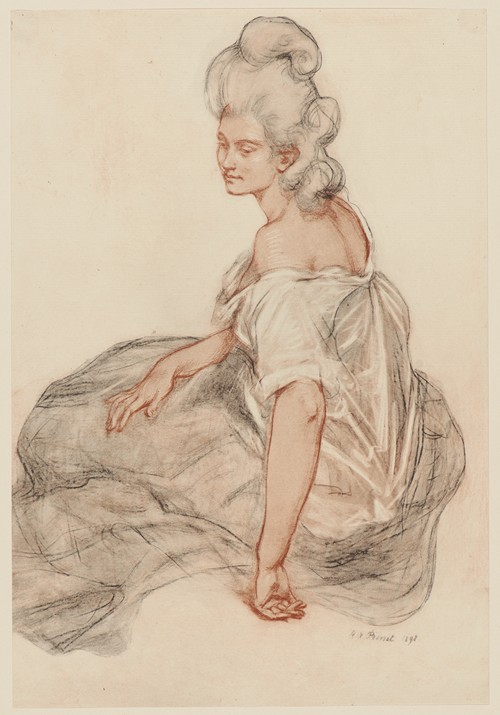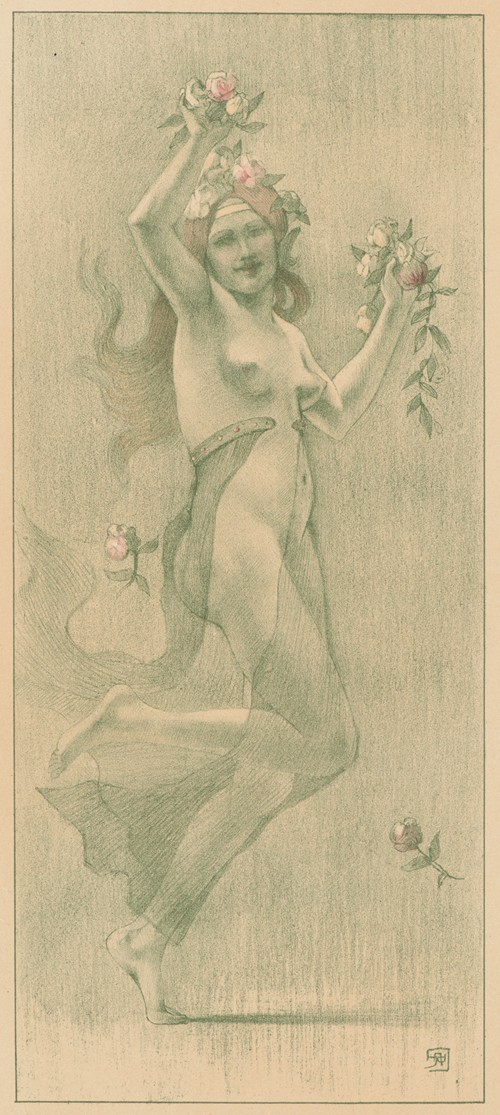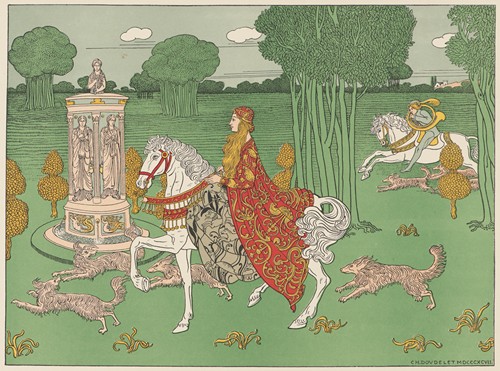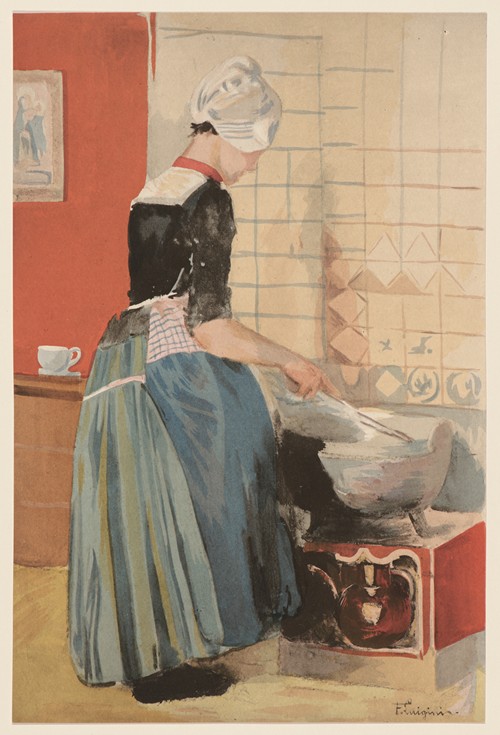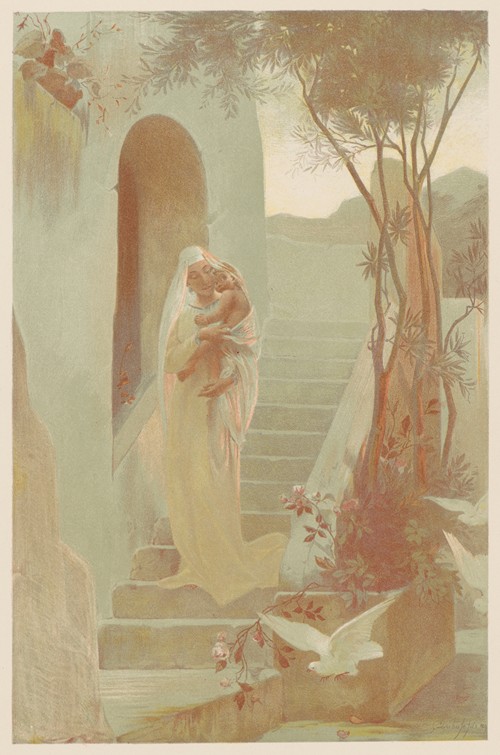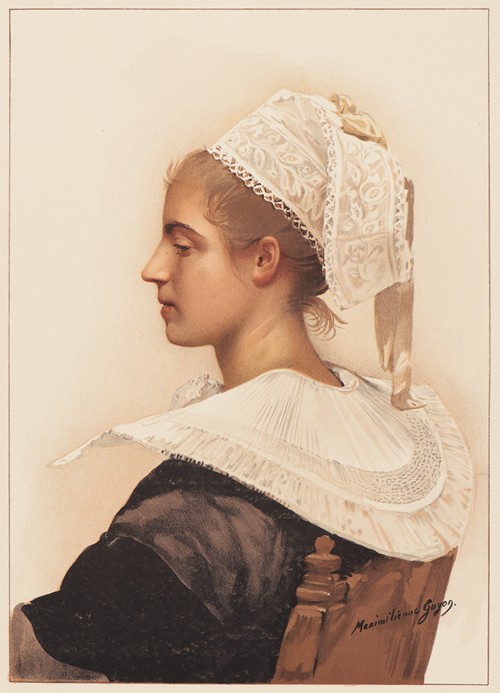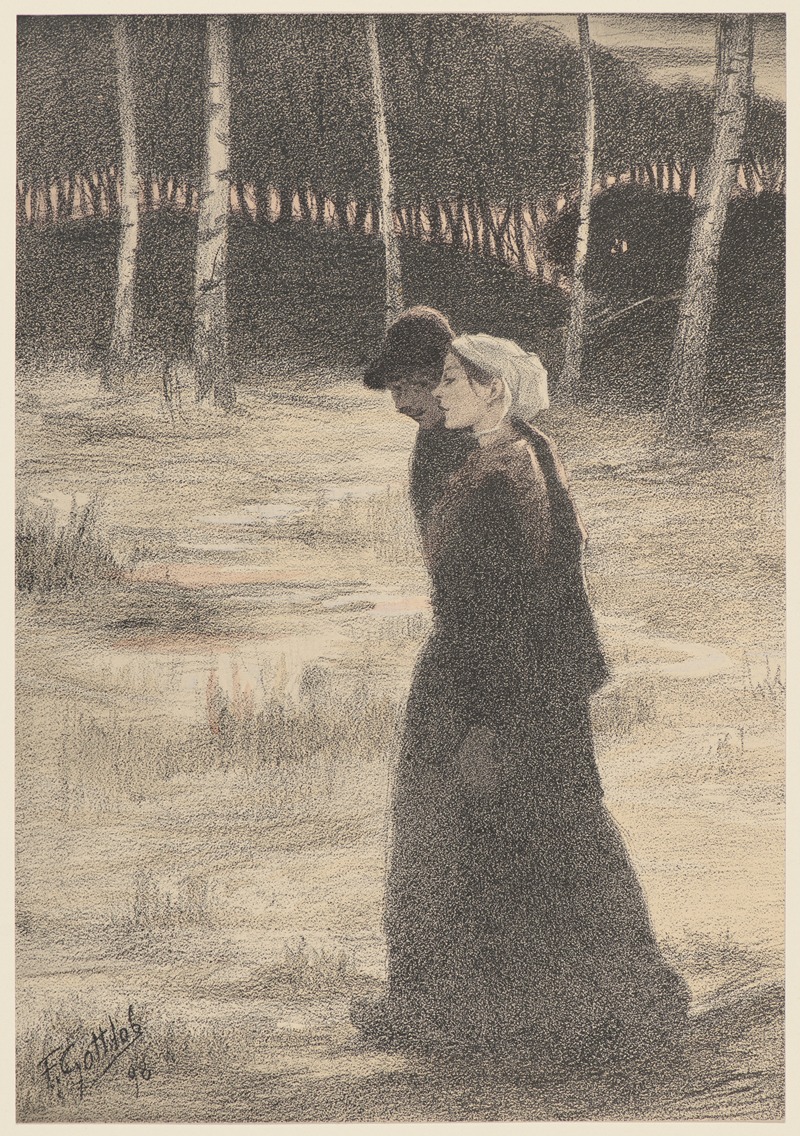
Fernand-Louis Gottlob was a French graphic artist whose caricatures appeared in many humorous magazines.
Fernand Louis Gottlob was born in Paris in 1873. He studied under the painter-decorator Armand Félix Marie Jobbé-Duval (1821–1889). He was also taught by Laporte and G. Fuchs. He became a painter, lithographer, caricaturist, commercial artist, illustrator and graphic designer for song scores. He created portraits, illustrations for books and caricatures that appeared in popular magazines in Paris including Le Rire, Le Journal Amusement and Le Sourire. His work began to be shown in the official salons in 1891.
Gottlob was among the artists who contributed to L'Estampe Moderne, a limited edition series of portfolios of high-quality lithographs that was published monthly from May 1897 and April 1899. His work first appeared in L'Assiette au Beurre in the second issue, on 11 April 1901. He became a member of the Cornet Society in 1904 and, between then and his death designed twelve menus for the society. He died in Paris in 1935.
Gottlob's 1900 poster for the 2nd Exposition of Painter-Lithographers on the Rue Drouot in Paris shows a strong influence of Henri de Toulouse-Lautrec in its composition. A woman is in front of a large illuminated window, and the dramatic back-lighting emphasizes the dark forms of her dress and hat. He created relatively few posters in his life, but this exposition of posters was one in which he participated. In addition to lithographs and portraits, he painted cityscapes of Paris and landscapes of Normandy and Brittany.
In one of Gottlob's poignant images for the Assiette au Beurre he shows a mother with her children during a snowstorm, in front of the window of a bakery. The mother is explaining, "Ça, mon enfant, c'est du pain" ("That is bread, my child"). In 1916 he designed a poster for the Ligue Souvenez-vous! which they produced in large numbers and also used as a stamp.
In the 1970s Irene and Howard Stein began collecting color posters by well-known artists of the early 20th century such as Mucha, Chéret and Gottlob. Their collection grew with the acquisition of work by Toulouse-Lautrec to become one of the largest such collections in the United States.
